A tendon is a soft, strong fibrous tissue that connects muscle to bone. Its main function is to transfer the force produced in the muscle to the skeleton and facilitate movement around the joint. In fact, it plays a very important role in the stability of the joints. Likewise, they are relatively passive and inelastic structures that can withstand high forces.
Join us in this article to get brief and useful information about tendons. You will get answers to all your questions about the types of tendons and the causes of their damage.
What is a Tendon?

Tendons are strips of dense, smooth, yellowish-white fibrous tissue that attach muscles to bones. The combination of their structures gives them the power to transfer large mechanical forces. In fact, it is the transfer of forces produced from the muscle to the bone to create movement.
A common feature of all tendons is that they can touch the bone (muscles stretch and stick to the bone surface when carrying anything heavy) and carry large loads without deforming the bones. They come in various shapes and sizes, depending on the role of the muscle. For example, muscles that produce a lot of force have shorter, wider tendons than thinner muscles.
They are structurally very complex and, like other connective tissue structures, have a small number of cells and a rich extracellular matrix. Although they are structurally resistant to high strength, degeneration and various injuries caused by aging can destroy the strength of the muscles attached to them and damage the tendon.
Tendon and Ligament; What’s the Difference
A ligament is different from a tendon. The ligament connects the two bones on either side of the joint. So, the two ends of the ligament are attached to the bone.
The tendon, on the other hand, is the tissue that connects muscle to bone. So one end of it is attached to the muscle and the other to the bone. Some of their differences are as follows:
- The ligament is responsible for stabilizing the joint, but the tendon causes the joint to move.
- A ligament has two main characteristics of a rope or cable. It is both very strong, sturdy, and flexible.
- The ligament can be stretched to some extent under stress and return to its original length after the traction is removed. This feature causes smoother joint movement.
Sometimes forces are applied to the joint that tends to bend it in a direction it should not. For example, the knee should not bend to the sides but should only move back and forth like a hinge. These movements are the main cause of injury to the ligaments.
Read More: Joint peroneal nerve entrapment – diagnosis and treatment
What Is the Structure of a Tendon?

Tendons are mainly made up of three parts: the tendon itself, the junction of the muscle to the tendon (MTJ), and the junction of the bone with the tendon (OTJ).
Collagen fibers are composed of the accumulation of collagen fibrils, which are the basic structural units of the tendon. The fibers collect into main fibrous bundles, some of which develop secondary fibers (fascicles). Then, three fibrous bundles are created from the aggregation of fascicles, the collection of which produces the tendon.
These structures are surrounded by a sheath of connective tissue called the endotenon. It will cause the bundles of fibers to slide over each other as the tendon moves. The endotenon itself is covered by a thin layer of connective tissue called the epitenon. The outermost layer is called the paratenon, which causes the tendon to move along adjacent tissues. In addition, the tendon is connected to the bone by collagen fibers that extend into the bone matrix.
In terms of total volume, the cellular structure of the tendon makes up about 20% of the total volume of the tissue, the remaining 80% is the extracellular matrix. The cell structure mainly consists of:
- 60 to 85% collagen
- 0.2% proteoglycans (proteins with the chemical group glycosyl)
- 2% elastin
- 5.4% other proteins
However, the extracellular matrix is composed of 55 to 70% water and the rest are proteoglycans.
Tendon cells are known as “tenoblasts” and “tenocytes.” Tenoblasts are immature tendon cells, and tenocytes are the mature form of these cells. Tenocytes make up about 90 to 95 percent of the cells inside the tendon, and the other 5 to 10 percent are chondrocytes, synovial cells, and vascular cells.
Read More: Examine the causes of flat feet and the best way to treat it!
What Are the Different Types of Tendons?

There are so many different types of tendons. Here we will classify different type of tendons based on two classification; their functions and.
Tendons Classification; Their Function
They can have different classifications, but the best and most logical way is to classify them based on function, which are:
Energy-Storing Tendons
The characteristics of these type are:
- They release and store the elastic stress force.
- Their fiber diameter is smaller.
- They have high and low tensile strength.
- They are highly expandable.
- There is a lot of water in their structure.
- Their vulnerability is high.
An example of it is the Achilles tendon.
Local Tendons
The characteristics of these type are:
- They attach force from the muscle to the bone.
- Their fiber diameter is larger.
- They are resistant to high and low tensile strength.
- They have low expandability.
- Their vulnerability is low.
- The amount of water in their structure is low.
- Tibialis is an example of local tendon.
Note: Keep in mind that the treatment of posterior tibial tendon rupture is very important. So you should pay more attention to tibial rupture.
Tendons Classification: Their Position
If you know the location of tendons, you can more easily understand their structure:
Shoulder and Arm Tendons
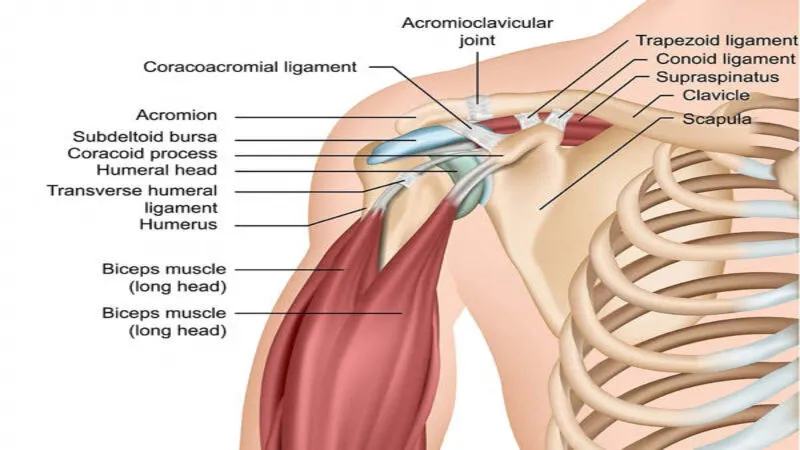
They move the arm up and down and help the arm rotate at the shoulder joint. The following are the rotator cuff tendons in the shoulder:
- Teres minor
- Supraspinatus
- Subcapsularis
- Infraspinatus
Those that help rotate the arm and bend the elbow:
- Latoid
- Supinator
- Triceps
- Biceps
Those that help bend the wrist:
- The carpal radialis extensor
- Carpal ulnar flexor
- The carpal radialis flexor
- Carpal radialis Bruis Extensor
Leg and Pelvic Tendons
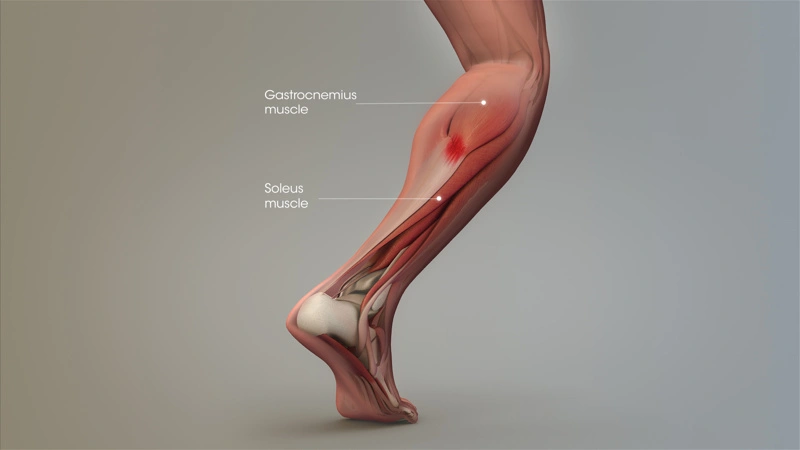
The hip joint moves when you lean back and forth or walk. Leg and pelvic tendons are:
- Quadriceps
- Patellar
- Tendons and head of the knee
- Hamstring
- Sewing muscle
- Sole tendons
- Proneus longus
- Anterior tendons of the tibia
- Gastrocnemius tendons
- Tendon of the fingers and toes
Those that help move the fingers are:
- Digitom Langus flexor tendons
- Interosseous tendons
- Minimal digital abductor tendons
- Lumbar tendons
- Hallucis abductor tendons
- Head, neck, and trunk tendons
Many other tendons help move other organs and muscles in the body:
- Lifting tendons of the eyelids
- Jaw tendons
- Temporal tendons
- Tendon tendon
- Abdominal rectal tendon
- Large dorsal tendon
Read More: What does a hammer toe mean and how is it treated?
What Is a Tendon Injury?
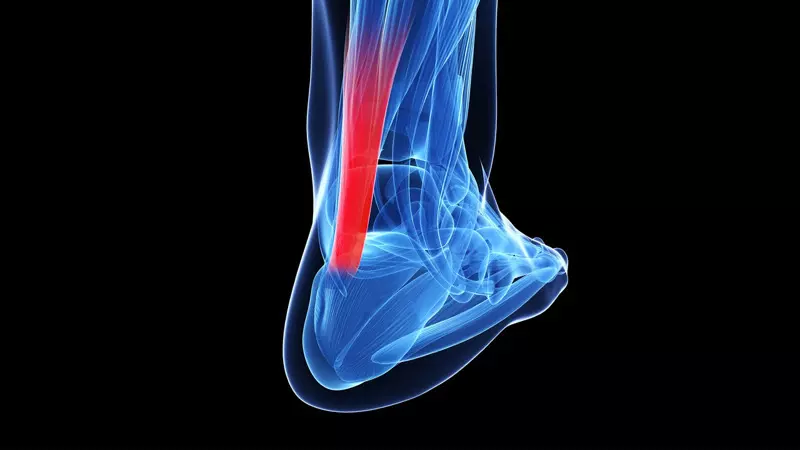
Tendon disorders, or “tendinopathies,” are conditions that lead to abnormal tendon function. The term “tendinopathy” is a general description of the clinical condition (pain and both pathological features) in and around tendons. Generally, these injuries are associated with tendon overuse.
Joints, including the shoulders, wrist, knee, and ankle, seem to be the most common sites of tendon injuries. Although tendon injury seems to develop suddenly, it is frequently the result of a series of tiny ruptures occurring over time.
What is Tendonitis?
Tendonitis is a term used to describe inflammation or stimulation of a tendon. This disease is a disorder of the tendons without the sheath. Tendonitis is caused by repeated or prolonged activity, intense pressure, poor sitting, standing postures, and local vibration or mechanical stress. In fact, due to inflammation, the fibers of the tendons are destroyed and torn like a rope.
The inflammatory response is triggered as a result of these alterations. Over time, the injured tendons thicken unevenly and irregularly due to their constant inflammation. If you don’t allow the tendon to mend properly, it will weaken over time.
Read More: What is gout? Cause and methods of treatment
What is Tenosynovitis?
Tenosynovitis is an inflammation of the tendon sheath. As a result of this disease, the inner walls of the sheath produce a slippery fluid called synovial fluid that lubricates the tendon. Frequent or prolonged activity, intense pressure, vibration, and mechanical stress may cause insufficient fluid production or poor lubrication quality.
In such condition, friction develops between the tendon and its sheath, leading to inflammation and swelling of the tendon sheath. Continued inflammation causes fibrous tissue to form. This fibrous tissue thickens the tendon sheath and prevents the tendon from moving.
What Is a Tendon Rupture?
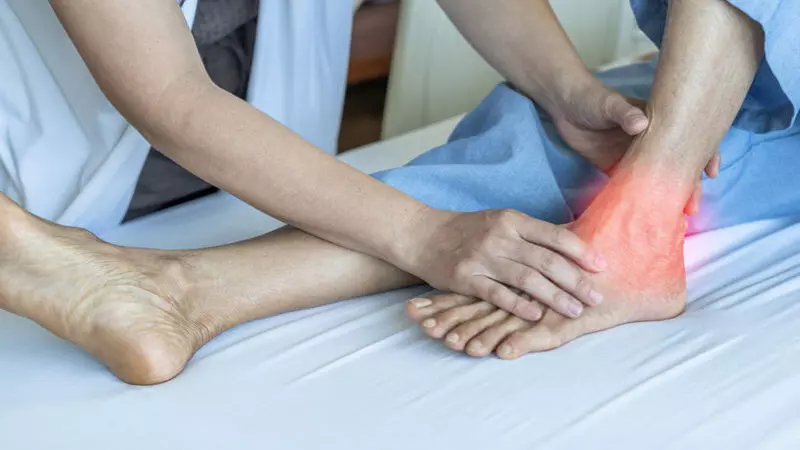
Tendons may be subjected to stresses up to five times greater than the body’s weight. Sometimes the tendons might tear or dissolve, however this is an extremely unusual situation. Blood type O, injecting steroids into the tendon, and gout are all risk factors for tendon ruptures.
Tendon rupture is a significant condition that may cause severe pain and long-term impairment if left untreated. Also, depending on the degree of the rupture, both medicinal and surgical options are examined by the doctor.
For those who have this problem, treatment of Achilles tendon rupture in Dubai is the best solution since in Dubai there are so many skilled doctors who can help them.
Read More: Heel spurs, its diagnosis and treatment approaches
What is a Tendon Strain?
The function of tendons can be divided into two categories:
- Tensile force transfer
- Storage and release of elastic energy during motion
The stretching-shortening cycles (SSCs) that are found in the majority of sporting activities are where the tendon-like spring function of storing and releasing energy occurs. Tendon difficulties are becoming more common when individuals engage in more of these exercises (such as jumping). The tendons are also overworked while performing repetitive SSC motions.
This means that SSC motions need a strong energy absorption capacity for tendons that deal with a lot of SSC activities. It will be capable of storing and releasing the elastic energy it needs because of its capability. Recovery treatments for sportsmen with high SSC motions should focus on enhancing the capability of tendon fibers for energy storage and release.
Read More: What is arthroplasty? its advantages and disadvantages
What Is Calcified Tendonitis?
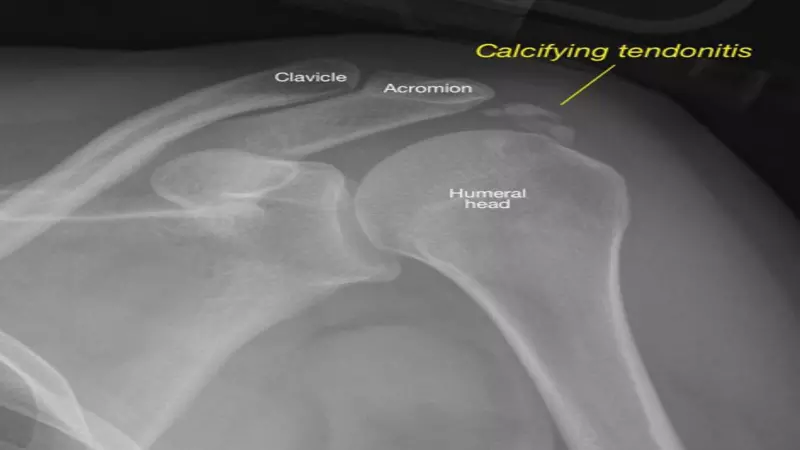
Calcific tendonitis is a condition caused by an overgrowth of calcium deposits in the tendons or muscles. The rotator cuff is the most common location for this injury, however it may occur elsewhere on the body. The rotator cuffs are a collection of ligaments and joints that are found around the shoulder and are responsible for attaching the arm to the shoulder.
If you do overhead movements such as weightlifting or like basketball or tennis, you will probably be affected by calcific tendonitis. Although it is possible to treat it with medication or physiotherapy, it is better to see a doctor for a diagnosis because, in some cases, surgery may be necessary.




